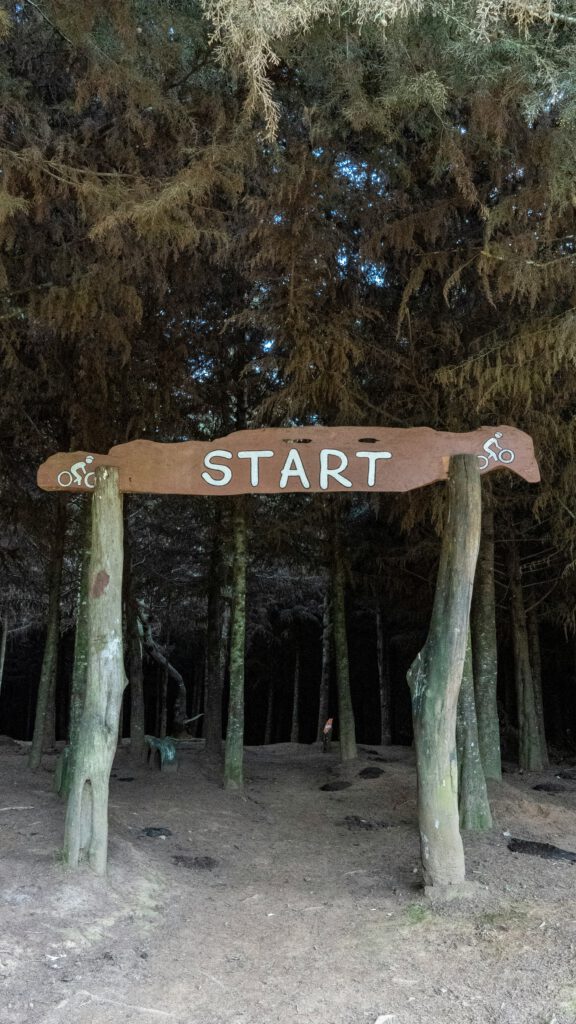MomBalm
Meaningful Moments Amid the Mayhem
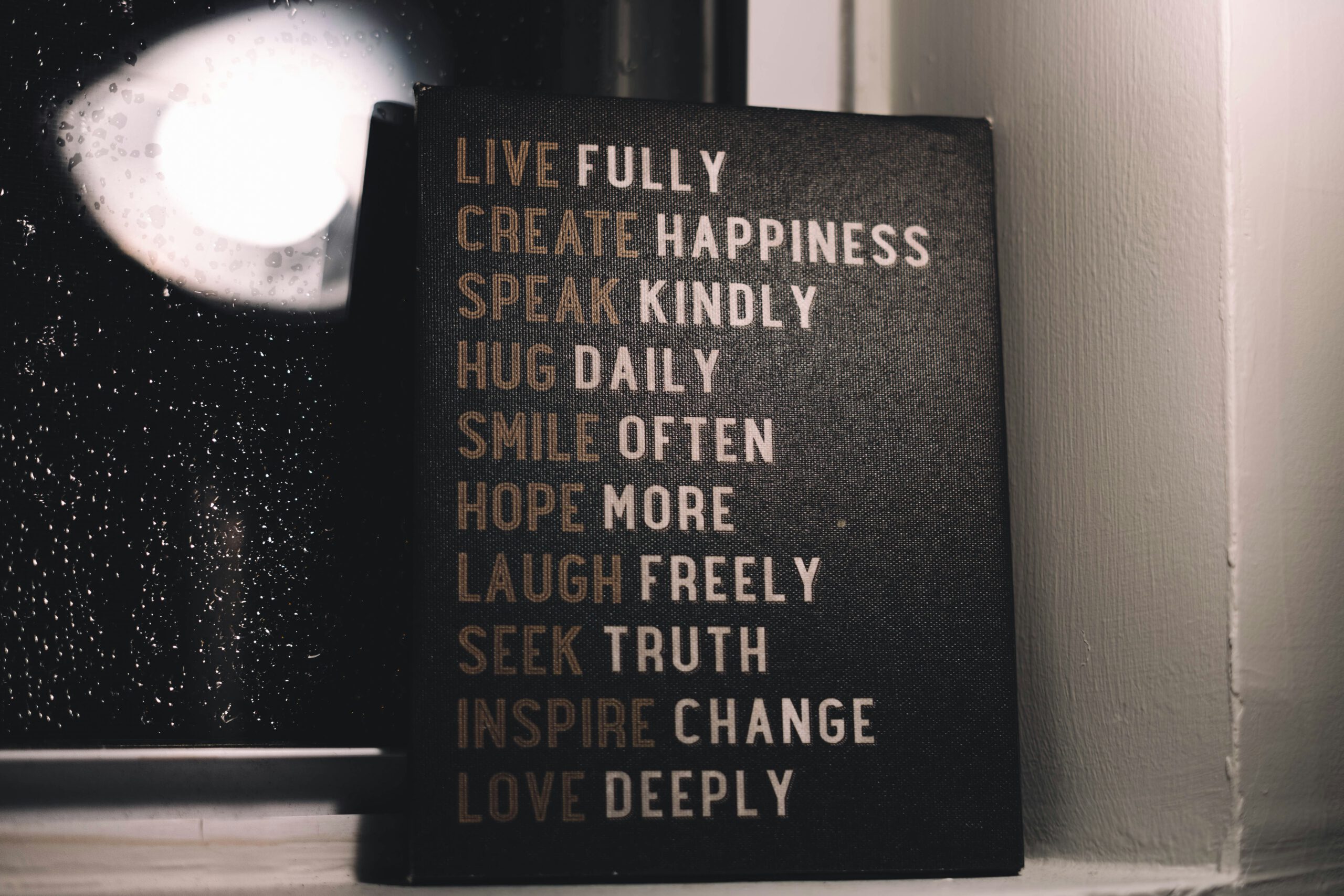
Practice
Mindful Motherhood: Simple Strategies to Reclaim Your Peace of Mind
Life can get messy—there’s no denying that. Motherhood often feels like a constant juggling act, with endless demands pulling you in every direction. If you find yourself overwhelmed, exhausted, or just feeling like you’re always a step behind, know that you’re not alone.
Take a moment to reflect:
- Do you often feel like you’re playing catch up, emotionally, physically or mentally?
- Does reacting out of frustration or fatigue leave you feeling regretful afterward?
- Are you more scattered or clumsy, as if your brain and body are operating on different wavelengths?
- Are your worries out of proportion to the situation, making things feel worse than they are?
- Do you struggle with communication in your relationships, feeling unheard or misunderstood?
- Is joy harder to come by, with things that once brought you happiness now seeming distant?
- Are you harder on yourself than you’d ever be on a friend?
- Do you feel like you’re absorbing other people’s emotions and not sure how to separate them from your own?
If you’re nodding along to any of this, it might be time to pause and reconsider how you’re navigating your day-to-day life.
Mindfulness offers a path to step back, slow down, and reconnect with yourself, helping you bring meaning back into your work and joy back into the small moments.
“If we want peace, we have to be peace. Peace is a practice and not a hope.”
—Thich Nhat Hanh
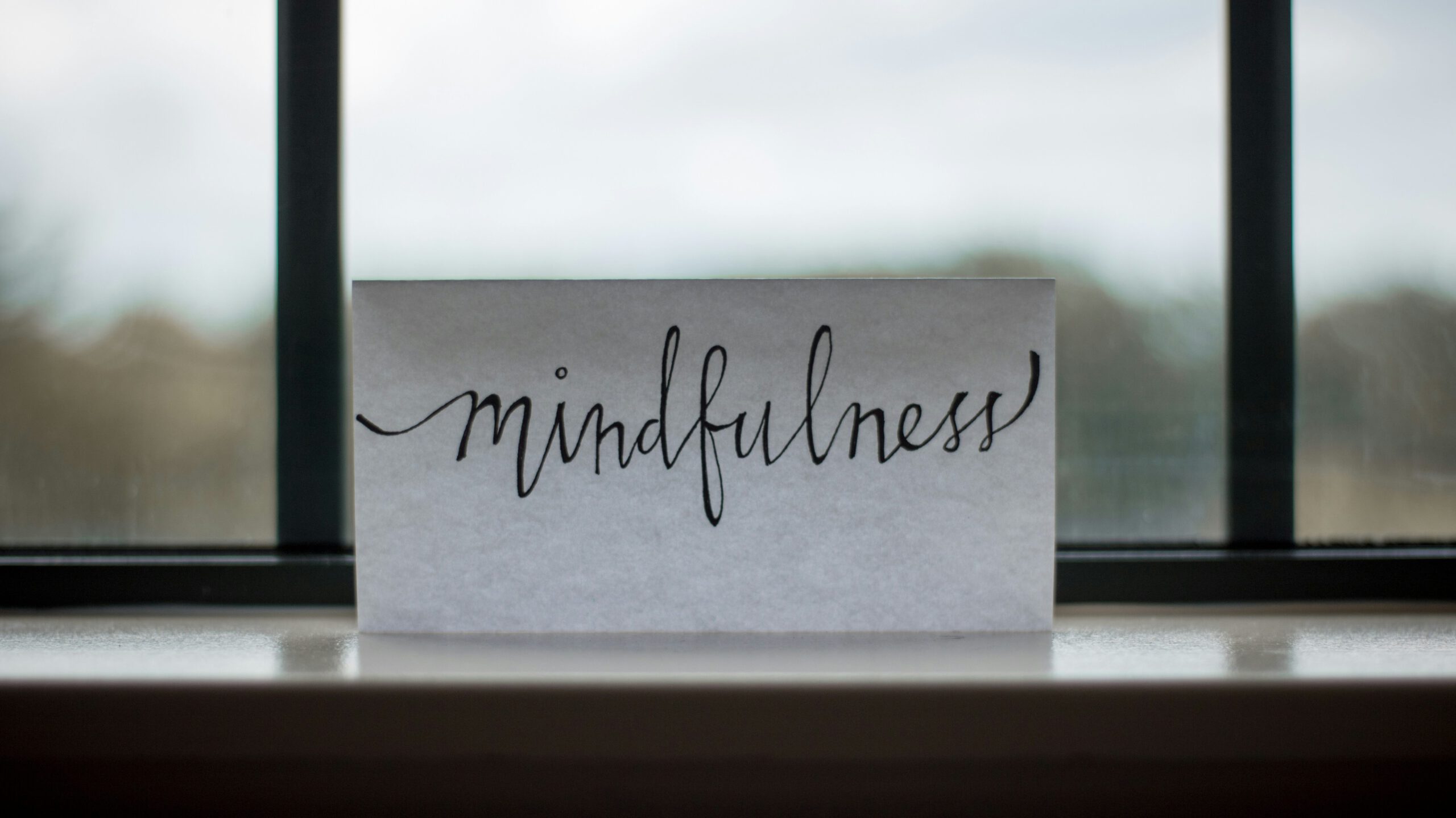
The Challenges of Motherhood
Motherhood can feel like a marathon without any finish lines. It’s the one job that doesn’t come with sick days or vacation time, and the worrying doesn’t stop, even when your kids are grown. While they say it takes a village to raise a child, many moms today are navigating this journey with limited resources. Physical and emotional distances from family, busy schedules and differing parenting philosophies can make support feel scarce.
I get it. Sometimes it feels like there’s no break in sight, right? Wondering if you’re getting it all wrong, the constant feeling that you’re missing something – I’ve been there.
Many of us juggle multiple roles—mother, spouse, housekeeper, cook, teacher, employee, friend, daughter, sister, and so on. Trying to give 100% in every category can leave you feeling like you’re falling short everywhere. The truth is, expecting perfection is the quickest route to burnout. While it’s hard to let go of unrealistic standards, self-compassion can help us navigate the messy, imperfect realities of motherhood.
Losing Sight of Yourself
It’s easy to start with the best of intentions and then get bogged down by daily struggles. Life can feel like a never-ending to-do list that keeps growing, even as you check off tasks. Over time, your own needs get pushed further down that list. You may feel guilty taking time for yourself, seeing it as selfishness. This mindset leads to neglecting your essential needs—skipping meals or relying on quick, unhealthy snacks, ignoring thirst in favor of caffeine, and sacrificing rest in a misguided attempt to be productive.
Even your downtime often doesn’t really provide relief. Scrolling through social media or catching up on the news may leave you more stressed and anxious. Instead of finding a peaceful moment, you go to bed with even more worries swirling around in your mind.
Listening to Your Body
Our bodies are more intelligent than we often give them credit for. We frequently focus on the things we wish were different about them instead of appreciating our health and the complex systems that keep us alive day in and day out. Do you know how to make your heart beat? Of course not. But your body does, and it knows a lot more about how to take care of you if you stop to listen.
A mom acquaintance of mine recently suffered a stroke after years of pushing herself to extremes mentally and physically. For me, my lifelong struggle with anxiety escalated into a two-year battle with panic disorder. I learned the hard way that ignoring our bodies’ signals can lead to significant consequences.
My Journey
My struggle with panic disorder grew from a lifetime of carrying shame, facing loss, and neglecting my own care and needs. In my youth, I experienced an unplanned pregnancy, and my son was born with a heart defect. His short life was a whirlwind of overwhelming fear and love, and when he passed away at just two months old, the grief was suffocating. I didn’t have the tools to process what I was going through, so I turned my grief inward, blaming myself for things beyond my control—a habit I’d practiced my whole life. I became determined to be the best mom possible for my future children. Years later, I became a mother again, but my roadmap for motherhood was shaped more by “what NOT to do” than by a healthy understanding of what to embrace.
Like many, I filled my days with endless busyness—cleaning, cooking, teaching, and playing—yet felt increasingly exhausted and trapped in a cycle of harsh self-talk: “Do more. Be more. Why can’t you have a better attitude?” I pushed myself to be the reliable, responsible, everything-for-everybody person I believed I needed to be. But when I hit a breaking point, I finally realized I wasn’t doing myself or my family any favors. Does any of this sound familiar?
When COVID hit, my anxiety escalated, and panic attacks became constant companions. They began while I was driving, eventually making it feel safer to stay home. Over the next two years, the attacks intensified until every outing brought on major episodes, filling me with dread. Living with panic disorder feels like a single, unending panic attack that only ebbs and flows in intensity.
This constant state of panic wasn’t a choice I was actively making, but I knew I had to make a conscious decision to find a way out. My anxiety was impacting my ability to be truly present for my daughter during a pivotal time in her life. I had been so focused on what I was doing for her that I lost sight of the example I was setting in how to be.
Whether we like it or not, we often inherit our emotional patterns from our parents. I believed I could counter my own mother’s struggles with depression through sheer action, but, despite my efforts, it eventually caught up with me, too.
I realized that if I truly wanted to help my daughter lead a better life, it wouldn’t be through the things I did for her, but by demonstrating how to face life’s challenges with resilience and courage.
As much as I wish “Do as I say, not as I do” were enough, our children tend to mirror our patterns, as those are often their only consistent examples. Maturity takes time, and by the time we start questioning our behaviors, we’ve likely been at them for a long time.
If you’ve ever thought your kids don’t pay attention, think again. Have they ever turned around and snapped back with your exact tone, complete with the same sour look on their face? Or had a meltdown that seemed all too familiar in moments of frustration? They’re listening and watching more than we realize. No one wants a wisdom lesson from a fool. If we want to teach lasting values, we have to start by practicing them ourselves.
My children will follow in my footsteps, so I must make my strides mighty.
—Anonymous
The Power of Mindfulness
Mindfulness has been key to reclaiming control over my mind and body. It’s not about forcing peace or relaxation; it’s about accepting things as they are and responding with intention. When we can recognize our discomfort as just that—discomfort—instead of seeing it as a full-blown crisis, we can manage our reactions better.
For example, if you’re stuck in traffic and tell yourself this shouldn’t be happening, insisting that you “can’t stand it,” you may start to genuinely believe that you can’t tolerate the situation. Your body perceives this as a threat to its survival, reacting by flooding you with adrenaline, causing your heart to race and blood to rush to your muscles as if preparing for battle. The trouble is, all that adrenaline is useless in a traffic jam; it only heightens your discomfort, reinforcing the belief that you “can’t stand it,” while, in reality, you are indeed enduring it.
Next time you find yourself stuck in traffic, in a long line, or waiting indefinitely at the doctor’s office, try this: Acknowledge that you wish things were different and that you dislike being held up, but accept that the situation is as it is for now. Use this time to practice some breathing exercises and focus on your surroundings. Once you’re free from the situation, reflect on how you feel after taking this mindful approach compared to how you normally feel when you’re caught up in the frustrations of traffic or waiting.
Over time, this perspective of accepting things as they are—rather than how you believe they should be—will become automatic. You’ll find your mind freer to consider how to navigate the situation at hand instead of rejecting it outright.
I had previously avoided mindfulness because I didn’t see myself as a spiritual person. I assumed that practicing mindfulness would require me to engage in activities that felt foolish or forced, that I would have to pretend to be someone I’m not. That was a total misconception. There are countless ways to practice mindfulness, and you don’t have to adhere to any method that doesn’t resonate with you.
I’ve read many books on the subject and have set a good number of them aside. The key is to explore what feels right for you. Don’t give up after listening to one meditation that felt too “woo woo.” There’s a wide range of approaches—find what works for you.

Where to Begin: Steps to Start Your Mindful Journey
Embarking on a journey toward mindfulness is both exciting and deeply personal. There’s no one-size-fits-all, but there are universal practices that help create a strong foundation. From tuning into your body to setting intentions, nurturing your well-being, and exploring your boundaries, these steps can guide you along the way. Remember, this isn’t about perfection—it’s about cultivating habits that help you feel more present, balanced, and connected in your daily life.
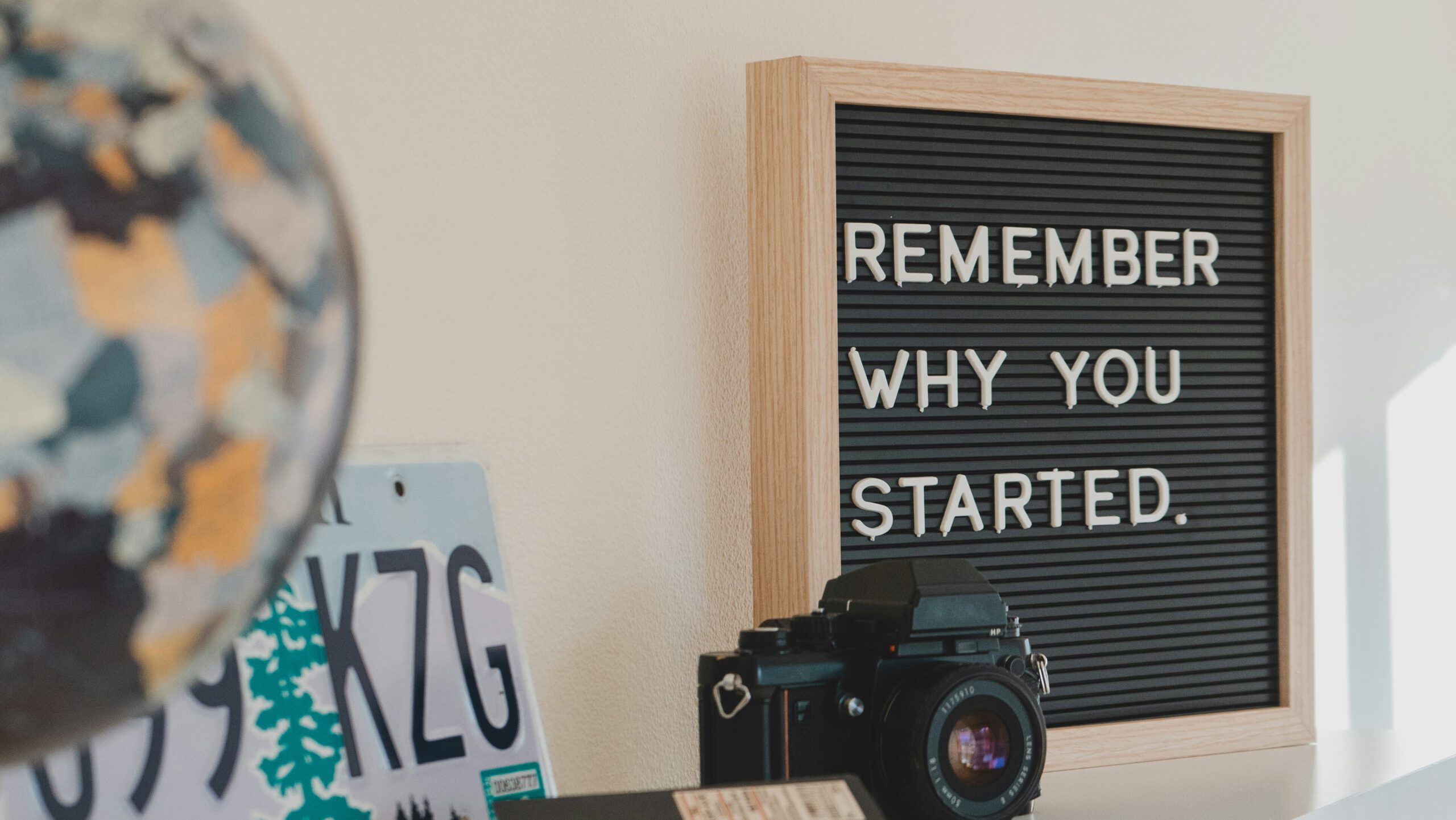
Set Your Intention
Set your intention and remind yourself why you’re doing this—especially on those tough days when you feel like giving up. Old habits may call you back, convincing you that you don’t have time for mindfulness or that it hasn’t solved all your problems yet. Recalling your intention can help keep you from sliding too far back into old patterns.
Your intention might be to become a healthier person, find more peace amidst the chaos of your life, or pursue any number of personal goals. What matters is that it’s something that is deeply meaningful to you, enough to keep chipping away at it day after day.
My personal intention is to be an example for my daughter, and to end each day with as little regret as possible. When I struggle to find the motivation to work for myself, I imagine her in my place.
What would I want her to do when life gets her down? Give up? Get stuck in self-sabotaging habits? Or keep getting back up and living her life to the fullest?
I love this quote from How to Talk So Kids Will Listen and Listen So Kids Will Talk by Adele Faber and Elaine Mazlish: “To learn a new language is not easy. For one thing, you will always speak with an accent… But for your children, it will be their native tongue!”
If I want my daughter to learn resilience and to advocate for herself, the best way to do that is by leading by example. Which leads to the following steps…



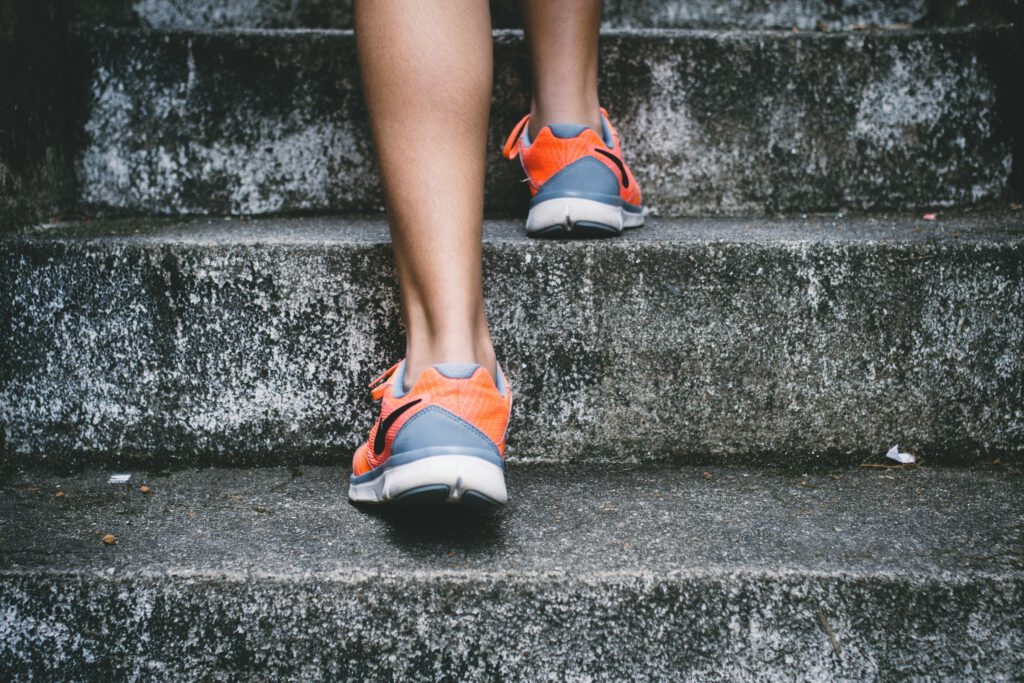
Listen to Your Body: Water, Food, Sleep, Exercise
Start reconnecting with your body by focusing on these four essentials.
Drink More Water
It doesn’t matter how much; just aim to drink more than you currently do. As you begin to feel better, you’ll naturally want to hydrate more.
Don’t Ignore Hunger
Whatever you’re doing, you’ll do it better if you’re not cranky and tired from poor nutrition. I used to fuel my days with coffee and sugar, and dinner was the only meal I took time to prepare because it was for everyone, not just me. By the time dinner rolled around, I would be dragging and dreading the whole process. While I still don’t cook just for myself during the day, I’ve made a habit of keeping convenient, healthy snacks on hand for nutrition on the go.
Here’s a fun fact: Sometimes, your body confuses thirst with hunger because it’s trying to get your attention. If you haven’t been staying hydrated, your body might switch to hunger signals in hopes you’ll grab something with water content. The next time hunger pangs strike, try drinking a glass of water first—it can help you figure out whether you really need a snack or just more fluids.
Prioritize Sleep
As with water, start with whatever amount you can increase. While it would be lovely to get a full eight hours of sleep every night, that isn’t often realistic. Reducing screen time before bed can help decrease restlessness and promote quicker sleep onset. Nap where you can.
Look, I know napping sounds impossible with the million other things you have to do. I used to think the same-until I found myself nodding off in the car at school pickup, or once even mid-conversation! Now I sneak in short naps where I can when I need them—they provide a quick recharge without my body settling in too deeply and waking up with brain fog. Even a quiet 20-minute rest can be refreshing if you don’t manage to drift off.
Incorporate Exercise
Many of your emotions are rooted in your body, not just your mind. Meaningfully connecting with your body can help reestablish the link between mind and body, making it easier to regulate emotions. If you’re lacking energy and haven’t exercised in a while, getting started might feel daunting. You don’t have to dive into an intense regimen; just do more than you currently do. -Are you noticing a theme yet?
If you’ve been out of the habit, start with some simple stretching and breathing exercises, or try a somatic yoga video. Engaging your body meaningfully will become something you look forward to, and you can explore various types of exercise to find what you enjoy. Consistency is key—aim for at least four sessions per week. It’s easier in the long run to stick with it than to keep starting from scratch.
I use the BetterMe app, which offers a wide range of workout routines for all fitness levels. I typically follow a 20-30 minute exercise video at least four times a week. If I lack the energy for a more intense workout, I opt for a somatic exercise, stretching, or a walk instead.

Spend Time in Nature
Whenever I feel overwhelmed, stepping outside is one of my go-to resets. What may seem like an overwhelming problem within the confines of your current situation quickly gets put into perspective when you step outside, look up at the sky, or feel the grass under your feet and remember that your problems are small in the grand scheme of the universe.
Taking time to appreciate the small details of plants and animals reminds you that you are just one creature among many on this planet that exists in a complex, interconnected system. When it feels like the world is against you and you’re being personally affected by larger circumstances, stepping outside can be a powerful reminder that life is unfolding for everyone, everywhere. Ultimately, these experiences have little to do with solely you.

Explore Your Personal Limits and Boundaries
As you practice mindfulness, start paying attention to the things that either renew or drain your energy. Exploring your boundaries isn’t about building walls or withdrawing from life; it’s about learning where your limits are and honoring them. Some days, it might mean saying no to an extra commitment. Other days, it’s about pushing past your comfort zone because you know it’ll help you grow.
Learning to trust your instincts about what you need is an ongoing process, but mindfulness can help you recognize those patterns more clearly. Over time, you’ll find that setting healthy boundaries becomes second nature.

Commit to Daily Practice
Commit to at least five minutes of mindfulness practice three times a day. If you can do more, great! Some days won’t go as planned, and you’ll have to improvise. Finding just a few minutes to check in with yourself can help you regain perspective and realign your actions with your intentions. Just like exercising your body, it’s important to strengthen your mindfulness “muscles” every day.

Learn Before You Teach
I learned this one the hard way. In Walking Through Anger, Christian Conte shares an eye-opening truth: we tend to view others by their actions, but we view ourselves through our intentions. This often leads us to believe we’re further along in our personal growth than we really are. While we’re focused on the changes we’re making internally, others still judge us by what they see outwardly—our actions, which may not fully reflect the shifts happening within us early on. It’s a reminder that transformation takes time and that others may need time to catch up to the changes we’re experiencing on the inside
It’s natural to get excited about newfound knowledge and the desire to share it. But save yourself the time and potential eye rolls of unwanted lectures; focus on your own growth. As your actions begin to align with your intentions, you’ll naturally inspire those around you. People will notice the changes in you, and when they ask what’s different, you’ll be able to share from experience—not just from a place of knowledge.

Pitfalls to Avoid
As mentioned, rushing to change the world before changing yourself can lead to disappointment. Take it slow. Once you begin experiencing more peaceful moments through mindfulness, you may start expecting that peaceful feeling to persist throughout your day, only to feel discouraged when you find yourself faced with familiar feelings and struggles. Change takes time, and mindfulness is a process, not a switch to flip.
Mindfulness doesn’t eliminate all of life’s challenges; it helps you manage them more effectively. The more you tune in to your internal signals, the more instinctive your responses to life’s challenges will become.
Another common issue is our tendency to focus on problems. Humans are wired to seek out and solve problems for survival, which can be both a strength and a weakness. Each time we resolve one problem, we rarely take the time to celebrate our achievements. We just look for the next problem and start worrying about that one.
It’s easy to have a few rough days and feel like you’ve made no progress. Give yourself credit for the hard work you’re doing. Keeping a list of positive improvements since starting your mindfulness practice can be a helpful reminder during difficult times.
Remember, every small shift counts. Take a moment to notice and appreciate even the smallest improvements—they’re all signs of growth.
What small wins have you had recently?
Mindfulness Methods
These are my go-to methods for maintaining mindfulness. Click the links for more detailed information on each category.

Books
I’ve curated a list of books that have truly made an impact on me. These aren’t just any titles—I only recommend those I’ve revisited time and again for their wisdom.
Check out my recommendations to find valuable insights that can fit into your everyday life. And if you want to stay updated with new finds, sign up for notifications!

Meditation
Meditation comes in many forms. I’ve compiled a list of my favorite meditation apps. Remember, the goal isn’t to clear your mind completely on your first go, but to notice how often your thoughts drift and bring your focus back.
It’s the noticing that you’re practicing. Bookmark meditations that resonate with you for quick access.

Exercise
Mind/Body connection is vital. Regular exercise can alleviate pain and boost your mood. I personally use the BetterMe app for access to a large variety of workout categories and fitness levels. I’ve also included links to a couple free apps I’ve used.

Breathing Exercises
Breathing exercises help regulate heart rate and promote relaxation. Many meditation apps offer guided breathing, but you can also practice independently.

Journaling
Use journaling to identify patterns, release emotions, and cultivate a positive internal dialogue. I recommend journaling at least weekly to track progress.
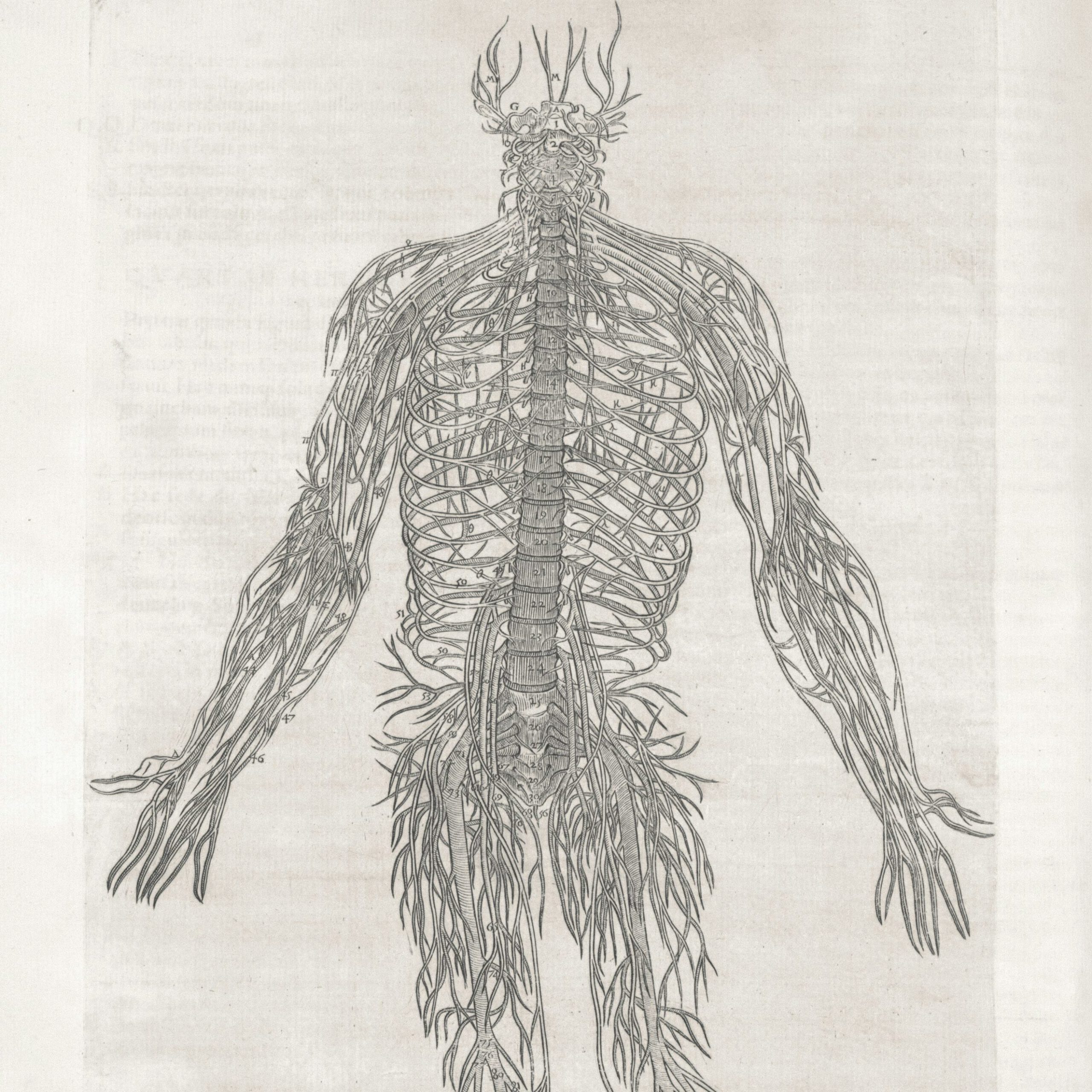
Body Scan
A body scan involves checking in with your physical sensations from head to toe. Notice any areas of tension and breathe into them, releasing discomfort as you go.

Niksen
This Dutch practice of doing nothing allows your mind to wander and can foster creativity. It’s not for times of agitation but can be refreshing when you need a break.

Intentional Listening
Set aside time to listen to music without distractions. This can be a deeply rejuvenating experience that enhances your mood.

Mindful Eating
Slow down during meals to appreciate your food and gauge your hunger. Mindful eating can help you make healthier choices.

Outdoor Walks
Walking in nature offers perspective and clears your mind. The fresh air and endorphins can uplift your mood significantly.
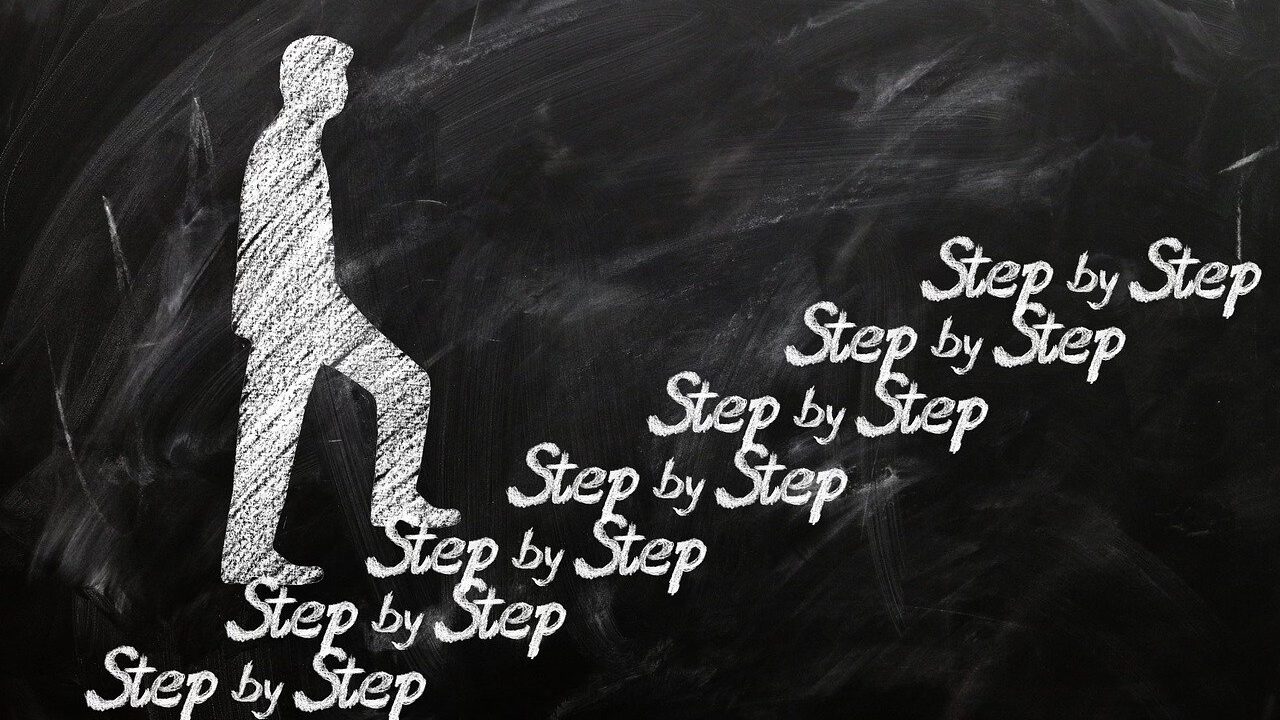
Small Steps, Big Leaps
Sometimes, it’s the smallest actions that make the biggest difference. In this section, you’ll find quick, mindful practices that are easy to start yet powerful in their impact. Whether you’re looking for daily routines, weekly resets, or simple ways to feel better today, these lists are here to help you grow with intention, one small step at a time.
Read, Reflect, Thrive
Join Our Community
Stay in the loop. Sign up to receive updates, tips and resources directly in your inbox.

